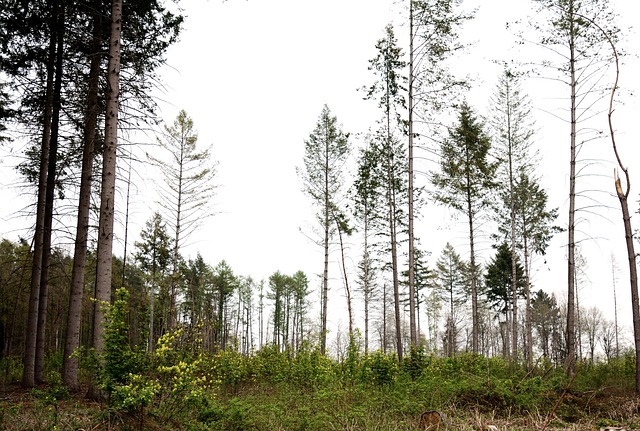The vast stretches of arid landscapes, once vibrant ecosystems, are now threatened by desertification—a gradual but relentless process exacerbated by climate change. As we witness the consequences of rising temperatures and fluctuating weather patterns, the urgency to find sustainable solutions becomes clear. One such beacon of hope is afforestation, a powerful tool that not only combats desertification but also breathes life back into these barren lands.
Afforestation, the process of planting trees in previously deforested areas, has the potential to transform desolate terrains into thriving landscapes. Imagine standing in a once lifeless desert; the sunbeats down mercilessly, and the ground is cracked and dry. Now picture this same place after afforestation: a vibrant forest with trees swaying gently in the breeze, wildlife finding sanctuary, and communities thriving. It’s more than a dream; it’s an achievable reality if we prioritize this crucial environmental initiative.
The impacts of afforestation extend beyond visual aesthetics. Trees play a critical role in improving air quality, absorbing carbon dioxide, and releasing oxygen. In the face of climate change, they act as natural carbon sinks, helping mitigate the greenhouse gases that are driving our planet toward an uncertain future. With thousands of tree species available, careful selection of native varieties can yield even greater benefits, boosting biodiversity and creating resilient ecosystems that withstand droughts and extreme weather.
Furthermore, afforestation aids in soil conservation. Trees reduce soil erosion by stabilizing the ground with their root systems and enhancing the fertility of the land. This process not only combats desertification but also results in improved agricultural productivity, providing food security for local populations. Communities that once struggled with scarce resources can find renewed hope and livelihood opportunities through sustainable practices driven by tree planting initiatives.
However, the battle against desertification through afforestation requires more than simply planting trees. It calls for global cooperation, innovative policies, and community involvement. Educating local communities about the benefits of trees encourages participation in afforestation projects, fostering a sense of ownership and responsibility toward the environment. By actively involving individuals in these efforts, we can instill a culture of environmental stewardship and create a lasting impact.
Moreover, technology plays a significant role in enhancing afforestation efforts. Drones, satellite imagery, and data analytics are now being used to monitor forest health, assess land suitability for planting, and identify the most effective strategies to restore ecosystems. This scientific approach not only maximizes the potential of afforestation but ensures that the initiatives are sustainable and adapted to local conditions.
The challenge of desertification is daunting but not insurmountable. Each tree planted is a step towards rejuvenating ecosystems on the brink of collapse. For us, it is vital to understand that afforestation is more than just an environmental solution; it is a commitment to creating a better planet for future generations. It is a tangible act of hope in the face of climate change that every individual can contribute to.
As we reflect on our responsibility toward the planet, let us champion afforestation as a cornerstone of our global strategy against desertification. United in our efforts, we can build a greener, healthier world, nurturing landscapes that not only sustain life but flourish in harmony with nature.


